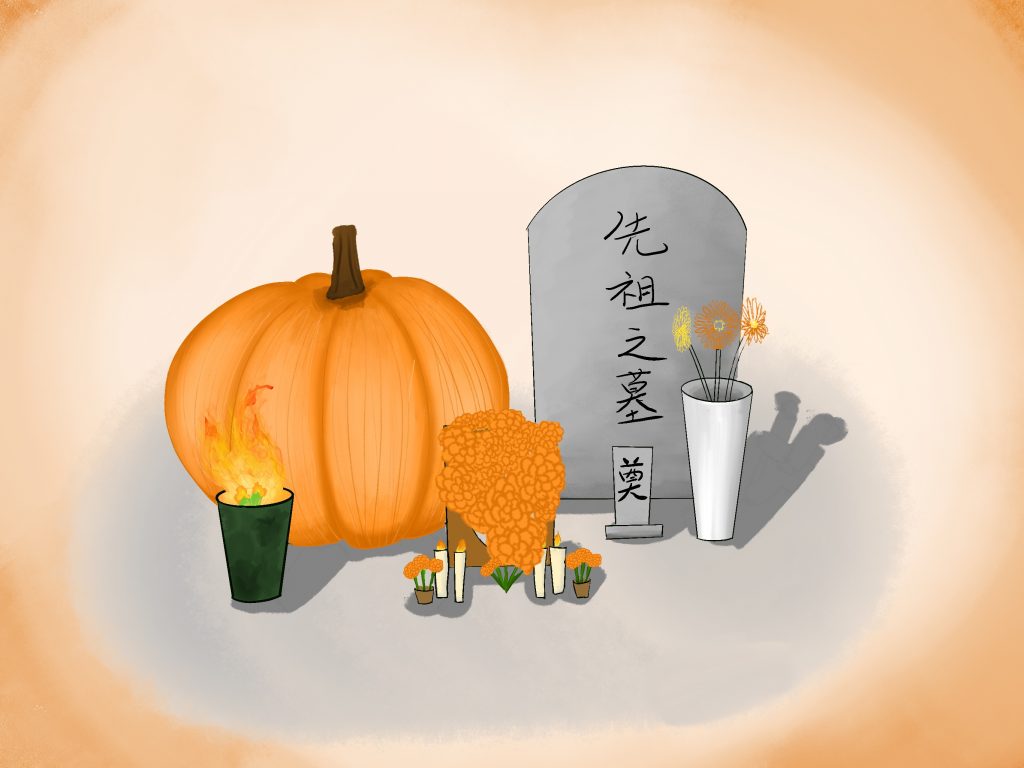To most Americans, Halloween is a familiar concept. Every 31st of October, children and adults alike participate in dressing up, trick-or-treating, passing out candy, pumpkin carving, and more.
However, the origins of this beloved holiday aren’t commonly known. Halloween dates back to the ancient traditions of the Celtic people, and their celebration of “Samhain” (pronounced sow-in), believing that on that day the boundaries between the living and the dead became blurred.
Later on, in the eighth century, Pope Gregory III declared the day after, November 1, “All Saints Day,” incorporating aspects of Samhain. The evening before was known as “All Hallow’s Eve” and eventually transformed into the holiday of Halloween and the practices that we are familiar with today. While not exactly Halloween in the American commercialized sense, there are interesting varieties of this holiday around the world.
Mexico is well known for their version of Halloween that focuses on the bridge between the living and death, Día de los Muertos. Translated to the “Day of the Dead,” the holiday celebrates the ancestors of its participants. People believe that on that day, the barrier between the two worlds of dead and alive drops, allowing dead spirits to cross over and visit family. Oftentimes, altars, called ofrendas, will be decorated with pictures of the dead (pictures that ensure their granted passage into the world of the living), along with candles, marigolds, and other various gifts and offerings.
In Japan, Obon, a Buddhist festival, takes place in the summer. Honoring the spirits of local ancestors, there are pilgrimages to graves and places of historical significance along with lanterns and offerings at altars, temples, and sometimes even the grave sites. Special care and cleaning is also given to the graves.
While South Korea does not have a Halloween, they celebrate Chuseok, a three day holiday similar to Thanksgiving that also carries ancestral focus. Korean people perform ancestral worship rituals, visit and clean the tombs of past ancestors (to perform “jesa”, an all encompassing term regarding the ancestral ceremony), along with a grand lunch.
China has the Hungry Ghost Festival, which focuses around the belief that on the 7th month of the Lunar Calendar, the gates of the afterlife open to allow ghosts to cross over into the living world. Many celebrations such as operas are open for entertainment, but some seats are left empty for the ghosts as well as seats at the dining table. Fake money or paper sculptures are burnt for the ghosts to enjoy. In addition to this, decisions are carefully made to prevent the disturbance of the ghosts.
On the topic of actual Halloween, however, Celtic countries such as Scotland, Ireland, Wales, England, France, and Germany have seen rising popularity in trick or treating; these are nations where Samhain originated.
Holidays relating to Halloween vary greatly and provide insight into the values and cultures where they are existent. Although not exactly like the same as our American traditions, all versions are beautiful and intriguing in their own fashion.
Despite the challenges that we face in the era of Covid, these holidays still stand for the same celebration of life and respect for the dead. They offer some light and peace of mind in these troubling times.
Sarah Jeong
Staff Writer
Graphic: Vivian Yuan

